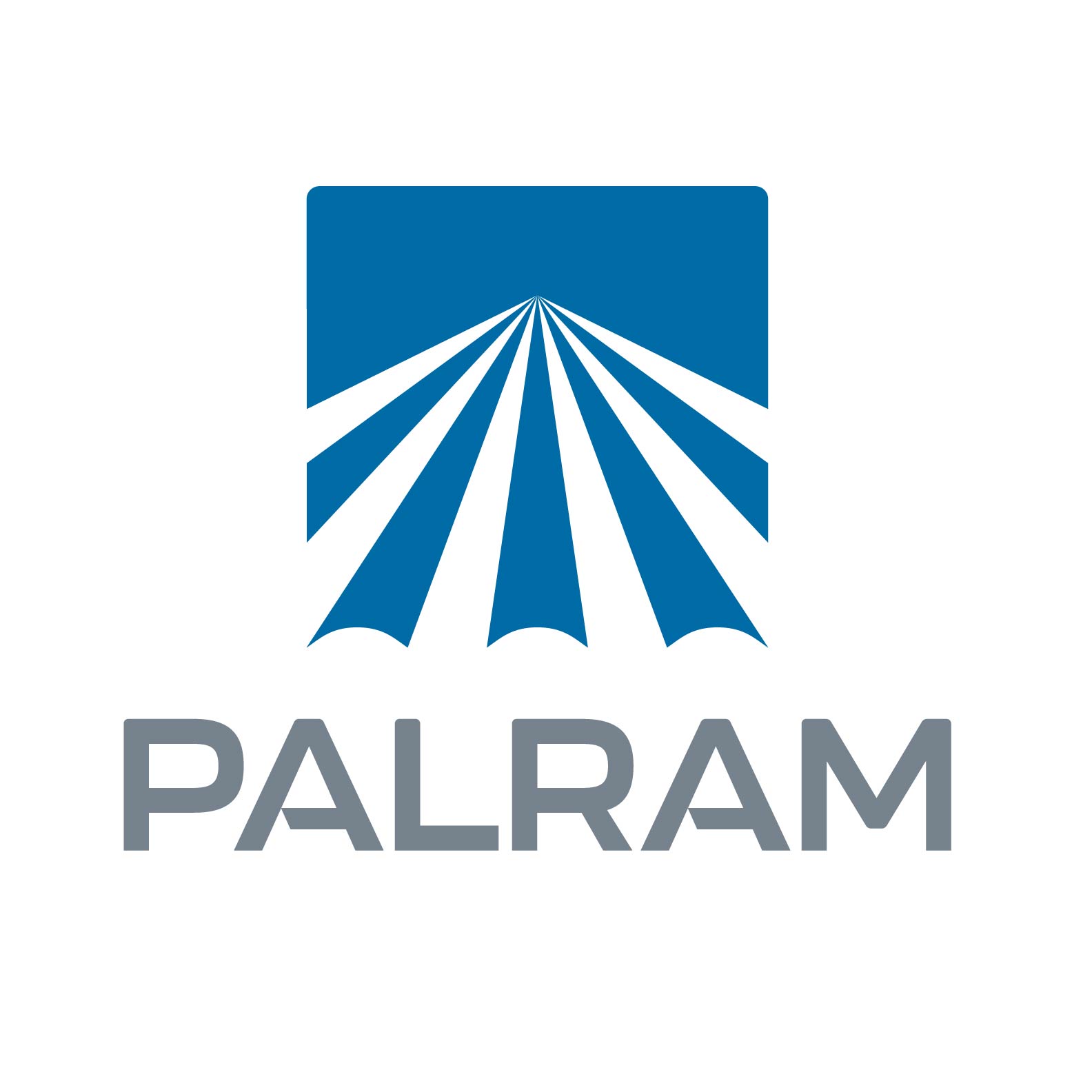Creating spaces that embrace nature have both physical and mental health benefits. These benefits enhance the occupants experience in an indoor space creating the ambiance of outdoor living. In this course, we will discuss how the exposure to nature through living green walls contribute to LEED, WELL, and other green rating systems. We will cover common places where you might find living green walls, and where exposure to nature can make a dramatic difference, including offices, hotels, retail shops, and healthcare. This course will examine different types of living green walls available, how systems are designed, installed, and maintained. In addition, the course will look at the latest large scale green wall technology and how it can be applicable to a variety of applications.









